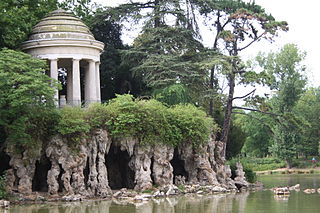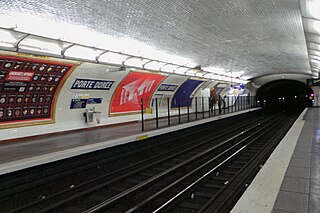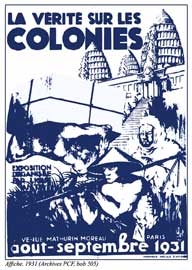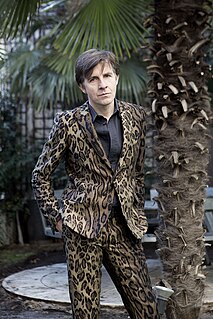The Musée national des Arts d'Afrique et d'Océanie (National Museum of Arts of Africa and Oceania) was a museum formerly located in the Palais de la Porte Dorée on the edge of the Bois de Vincennes at 293, avenue Daumesnil in the 12th arrondissement of Paris, France.
The Palais de la Porte Dorée is an exhibit hall located on the edge of the Bois de Vincennes at 293, avenue Daumesnil, 12th arrondissement of Paris, France. It now houses the Cité nationale de l'histoire de l'immigration, as well as a tropical aquarium in its cellar.

The Bois de Vincennes, located on the eastern edge of Paris, is the largest public park in the city. It was created between 1855 and 1866 by the Emperor Napoleon III.

The 12th arrondissement of Paris is one of the 20 arrondissements, or boroughs, of the capital city of France. In spoken French, this arrondissement is referred to as douzième ("twelfth").
Contents
The museum began as the colonial exhibition of 1931, was renamed in 1935 the Musée de la France d’Outre-mer, then in 1960 the Musée des Arts africains et océaniens, and finally in 1990 the Musée national des Arts d'Afrique et d'Océanie.

The Paris Colonial Exhibition was a six-month colonial exhibition held in Paris, France in 1931 that attempted to display the diverse cultures and immense resources of France's colonial possessions.
In 2003 the museum's collection was merged into the Musée du quai Branly, and in its place the Palais de la Porte Dorée now houses the Cité nationale de l'histoire de l'immigration. Its tropical aquarium remains in the cellar of the Palais de la Porte Dorée and is open to the public.
The Cité nationale de l'histoire de l'immigration is a museum of immigration history located in the 12th arrondissement of Paris at 293, avenue Daumesnil. The nearest métro station is Porte Dorée. It is open daily except Monday; an admission fee is charged.

An aquarium is a vivarium of any size having at least one transparent side in which aquatic plants or animals are kept and displayed. Fishkeepers use aquaria to keep fish, invertebrates, amphibians, aquatic reptiles such as turtles, and aquatic plants. The term "aquarium", coined by English naturalist Philip Henry Gosse, combines the Latin root aqua, meaning water, with the suffix -arium, meaning "a place for relating to". The aquarium principle was fully developed in 1850 by the chemist Robert Warington, who explained that plants added to water in a container would give off enough oxygen to support animals, so long as the numbers of animals did not grow too large. The aquarium craze was launched in early Victorian England by Gosse, who created and stocked the first public aquarium at the London Zoo in 1853, and published the first manual, The Aquarium: An Unveiling of the Wonders of the Deep Sea in 1854. An aquarium is a water-filled tank in which fish swim about. Small aquariums are kept in the home by hobbyists. There are larger public aquariums in many cities. This kind of aquarium is a building with fish and other aquatic animals in large tanks. A large aquarium may have otters, turtles, dolphins, and other sea animals. Most aquarium tanks also have plants.








